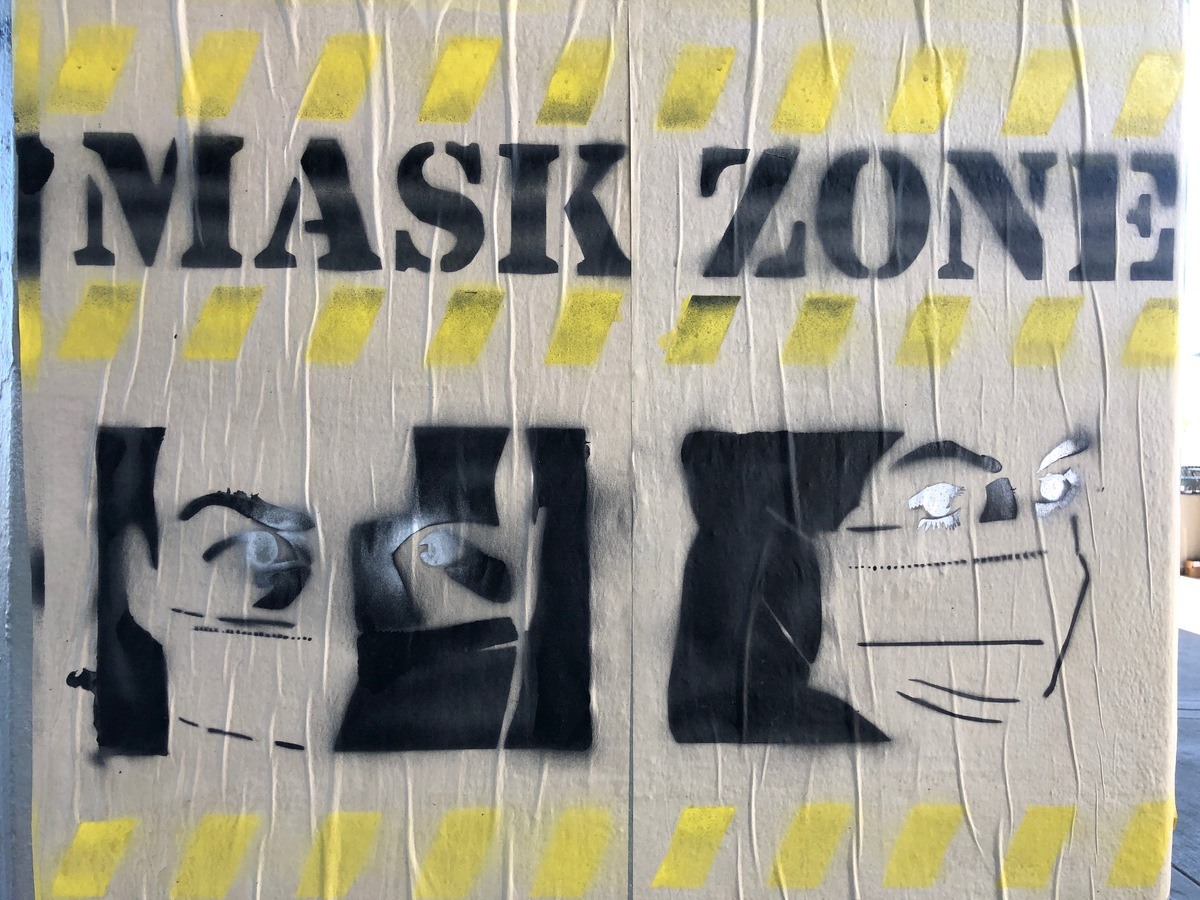
Photograph by Nathaniel St. Clair
Governments around the world are attempting to prop up a failing capitalist system by — surprise! — throwing money at wealthy individuals and corporations, especially in the financial industry. In other words, in this time of unprecedented crisis and economic difficulty, it’s business as usual.
We were here not much more than a decade ago, although the rise in unemployment has been more dramatic than during the economic collapse of 2008. That global economic crisis was a long time coming but was inevitable for anyone willing to pay attention. During the 1990s stock-market bubble, traders repeatedly said the dramatic price rises could not last, but as long as the consensus view was that the long bull market would continue they were not going to step off the ride. When the bubble did burst, new forms of speculation kept the financial industry’s party going for several more years. Credit was the lubricant for the later round, both inflating a real estate bubble and enabling consumer spending to continue in the face of declining wages, until the speculation became unsustainable.
No more bubbles to inflate, governments representing the world’s four largest economies alone committed US$16.3 trillion in 2008 and 2009 on bailouts of the financiers who brought down the global economy and, to a far smaller extent, for economic stimulus. Those commitments included $11 trillion for the U.S. (where money thrown at capitalists far exceeded the $700 billion in the Troubled Assets Relief Program), $4 trillion for the European Union, $750 billion for Japan and $600 billion for China. Smaller economies did that too. The Reserve Bank of Australia shoveled A$1.8 billion (US$1.5 billion at the then exchange rate) at financiers to shore up its banking system. The Reserve Bank of India did the same, handing out 60 billion rupees (US$1.3 billion).
